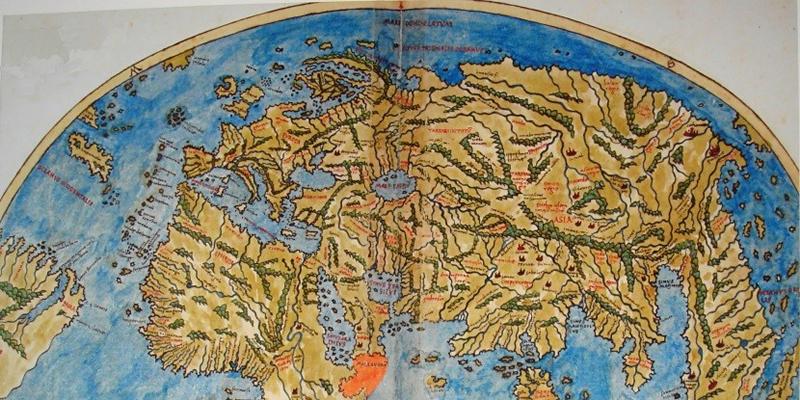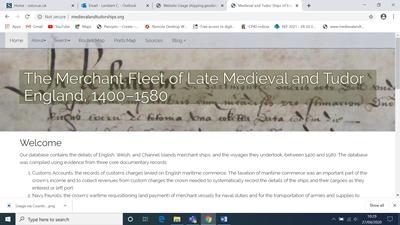Voyages Into the Past
The Merchant Fleet of Late Medieval and Tudor England, 1400-1580
A public database tracing thousands of ship voyages is challenging familiar narratives of a sixteenth-century “Age of Discovery” and helping national museums and local communities alike recover England’s lost maritime heritage.

